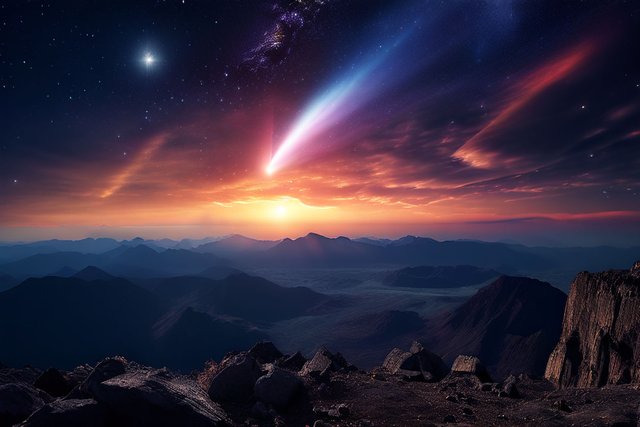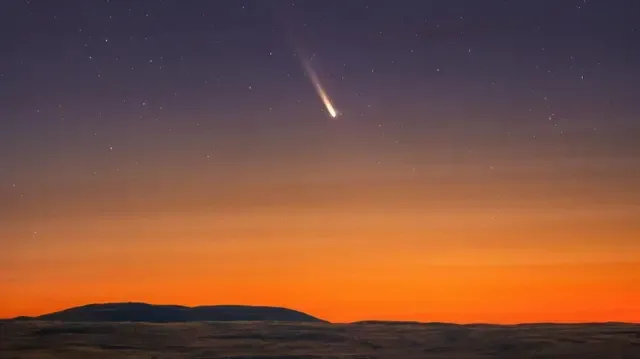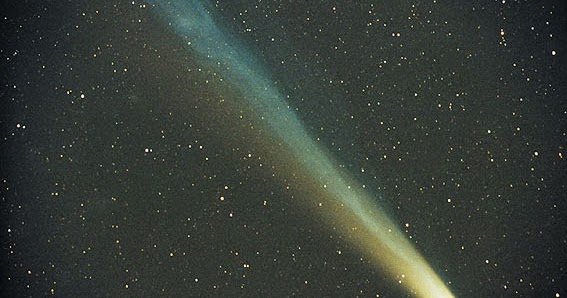A New, Brighter Kretuz Sun-Grazing Comet
A New, Brighter Kretuz Sun-Grazing Comet

A comet called C/2024 S has been discovered, this is a surface of the Sun of Kretuz, they are a very curious family of Comets, it is called that because they are the fragments of an ancient giant Comet and I am not exaggerating, it was a Comet giant that came too close to the Sun, in fact, the characteristics of these comets and all their fragments of this family of gradients is that they get too close to the Sun and many of them end up destroyed.

Souce Comet Tsuchinshan-Atlas
Comet Tsuchinshan-Atla had its closest approach to the sun on September 27 at 58 million kilometers, that is more or less the distance at which Mercury orbits, but this new comet will have its closest approach to the sun on October 28 at only 1, 2 million kilometers, that is literally touching the solar atmosphere and of course the closer to the sun the more heat and the more ice vaporizing like crazy and that is why it can shine much brighter.

Souce Comet ikeya seki in 1965
Most would be less than 200 meters in diameter, but there are also fragments of several kilometers in diameter that have been seen in the skies in a spectacular way, some are enormous that can exceed 10 or 20 km in diameter, it is difficult to know the real diameter. of the nucleus of a comet because when we see it it is already surrounded by a large layer of gases and due to the vaporization of the ice, but the intensity with which the great Comet of 1843 shone, for example, was impressive. which was a cosmic spectacle.
The images without reference were created with AI
Thank you for visiting my blog. If you like posts about #science, #planet, #politics, #rights #crypto, #traveling and discovering secrets and beauties of the #universe, feel free to Follow me as these are the topics I write about the most. Have a wonderful day and stay on this great platform :) :)